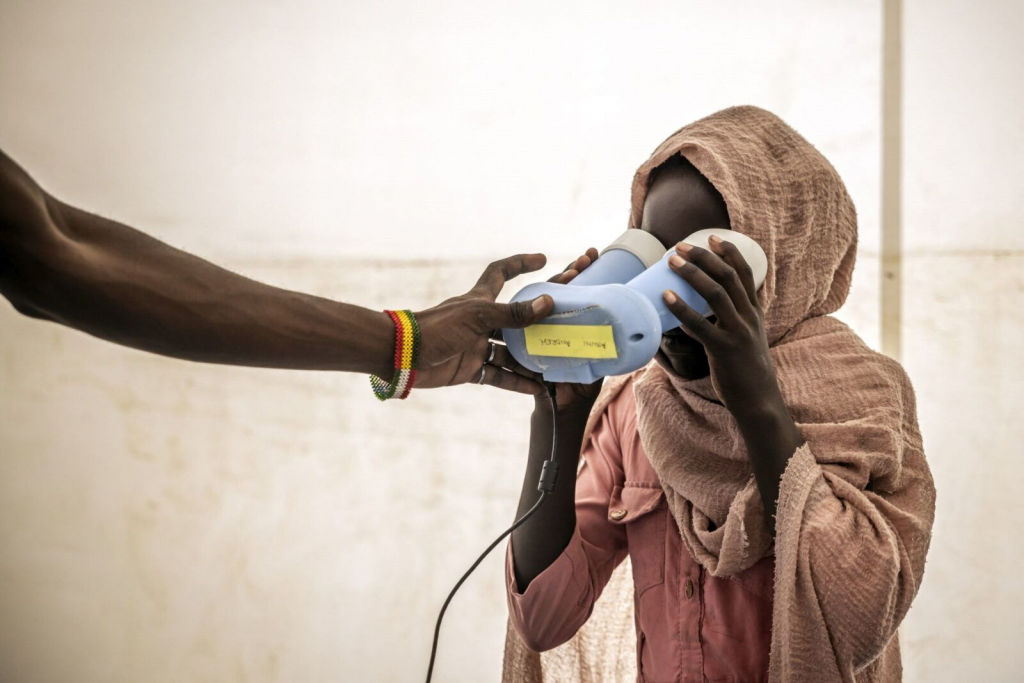Author: Samer Abboud

Robotics, biometrics, drones, artificial intelligence, computational software and blockchain are not usually associated with humanitarianism but that is changing rapidly. Today, the humanitarian sector is imbued with a digital logic that is reshaping the delivery of aid and the conception of care. The overlapping catastrophes in the Middle East and North Africa—from the Syrian civil war of the past decade to the ongoing mass violence in Sudan and Palestine—are a key laboratory for testing these new practices.
As refugees are transformed into digital subjects, various technologies mediate their interactions with humanitarian organizations. The explicit goals of these intermediation technologies are to enhance the efficiency of humanitarian care, but they are also shaping the predictive, autonomous capabilities of technologies to meet humanitarian needs. To do so, they need a specific fuel: data.
To read the full article: click here.
Disclaimer: Except for articles published on Blog Tadamon and the content of the resource pages, all materials on this website, including their respective photographs, are indexed from their original sources. All rights remain with the respective copyright holders.

Comments are closed, but trackbacks and pingbacks are open.